By Saydee McQuay '13
One year ago, I spied a message in my Tabor email inbox from Mr. Stroud. Having never been personally addressed by the Headmaster, I was curious as to what might be inside. He and Mr. Tyler, the faculty advisor for the Tabor Student Council, were inviting me to join a committee made up of five juniors and seniors to promote and organize philanthropy on the Tabor campus. Normally, there would be three emails being forwarded by faculty at nine o’clock at night about some fundraiser that would happen the next day. There would be senior doughnut sales on Wednesday competing with the bake sale for Invisible Children. Then Thursday you would have juniors selling Hi-chew candy, and sophomores selling flip flops. People would keep the money in shoe boxes, in lockers, in their pockets, and in the end people buying would never know if their money ended up feeding poor children in third world countries or feeding the students who ran the fundraiser. To say the least, Tabor fundraising was disorganized.
At the first meeting, all members of the committee felt the same way. We wanted to not only organize the fundraising on the Tabor campus, but promote the spirit of charity and giving back within the community. We named the committee the Elizabeth Taber Foundation (ETF) in order to honor the woman who founded Tabor Academy, and to honor her values of generosity and philanthropy. Immediately, the members of the committee took their tasks seriously, trying to formulate what this foundation would do, and how it would improve life at Tabor.
The committee had two issues: How to both organize and promote philanthropy on campus. The first was easy: Fundraising done by students would be organized by filling out a form at least one week ahead of time, requesting a certain day and time, and collecting money in a selected pouch to be turned into the business office for processing. This simple step required students to organize their ideas ahead of time, and cuts down on the competition from other fundraisers on the same day. Now, students know about fundraisers ahead of time and are able to get money from the student bank or ATM if they want to participate. The system helps students to be responsible with the money that people entrust to them. Now, we know a fundraiser for, say, the ASPCA is actually going to help the animals. The ETF does not restrict fundraising, but organizes it in a way that is beneficial to everybody.
The second issue was not so easy to solve. However, ten creative students in collaboration with Mr. Stroud, Mr. Tyler, and the director of advancement, Mr. Aimone, came up with the perfect solution—matching grants. With a generous $5000 starting donation from Mr. Stroud, and another generous $5000 from one of our trustees, the Elizabeth Taber Foundation can now put up matching funds as incentive for students to start fundraising on Tabor’s campus. The matching grants from the foundation have indeed encourage students efforts, as they know the foundation will help support their cause, increasing their desire to help others.
Today, the Elizabeth Taber Foundation has just begun to reach its potential. We helped our history teacher, Mr. Sousa, though his annual lap-a-thon, donate over ten thousand dollars to the Dana Farber Foundation for cancer research. We helped fellow student Phoebe Cady to raise enough money to participate in a cancer walk in honor of her mother. We helped the community service club to hold a dance in order to raise money for Gifts to Give in New Bedford. The foundation has organized countless fundraisers from bake sales, to scarf sales, to iPhone case sales, to flower sales.
As the chairwoman for the foundation, I am proud to say that we have come a long way from an idea in an email. Our mission is to support, organize, and encourage the philanthropic endeavors of the Tabor Academy community. The Elizabeth Taber Foundation seeks to connect the objectives, accountability, organization and responsibility to the students’ passion for enhancing life at Tabor and making the world a better place. I feel we are now fulfilling our mission, and cannot wait to see what good works our future partnerships with students will support going forward.








